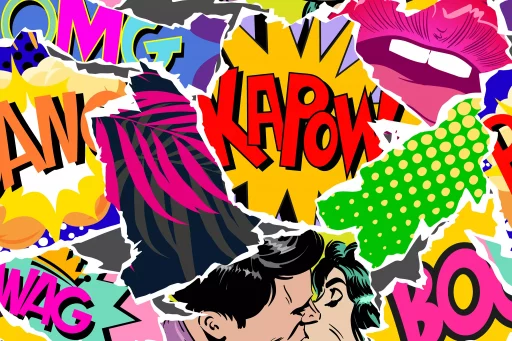Introduction
My Little Pony (MLP) is more than just a children’s animated series; it’s a cultural phenomenon that has shaped a diverse community of fans worldwide. The phrase ‘MLP’ is often transformed into various terms and slang, many of which can be found in the Urban Dictionary. In this article, we explore what MLP means in the context of Urban Dictionary, examine its community, and discuss the implications of MLP’s popularity.
MLP and Its Community
The MLP fandom has grown significantly since the show’s inception. Initially aimed at young girls, the show attracted a broad audience, including teenagers and adults, known as “Bronies.” This fandom promotes creativity and camaraderie among its members, leading to a vast array of fan art, fan fiction, and social media engagement.
- Inclusive Culture: The MLP community focuses on values such as friendship, kindness, and inclusivity.
- Creativity: Fans often engage in creative projects, including animations, music, and artwork inspired by the show.
- Conventions: Events like BronyCon attract thousands of fans, demonstrating the community’s vibrancy.
Phrases and Terms Found in Urban Dictionary
Urban Dictionary has become a go-to source for understanding the vernacular of various subcultures, including the MLP fandom. Here are some popular terms associated with MLP that you might find:
- Brony: Adult fans of the My Little Pony franchise, particularly males, who embrace the values and messages of the show.
- Pegasister: Female fans of My Little Pony who identify with the themes and characters of the series.
- Shipping: The act of pairing characters romantically, usually supported by fan fiction or art.
- Fandom: A fan culture that surrounds any media franchise, MLP’s fandom is particularly vibrant.
Case Study: The Brony Movement
The Brony community serves as an excellent example of how a children’s show has evolved into a thriving subculture. Researchers have documented this phenomenon, revealing interesting statistics and cultural dynamics. For instance, a study from the University of South Maine found that:
- More than 80% of Bronies identify as male, with the vast majority falling between the ages of 18 and 34.
- Brony culture often promotes the idea of “Friendship is Magic,” leading fans to adopt ideals against bullying and violence.
- Over 60% of Bronies engage in secondary forms of fandom like creating fan art or writing fan fiction.
These statistics reflect the strength and diversity of the MLP community, which transcends the traditional boundaries of gender and age.
The Impact of MLP on Popular Culture
Understanding MLP through the lens of Urban Dictionary reveals its broader cultural impact. With numerous memes, parodies, and references in major media, MLP has found its way into the general zeitgeist:
- Mainstream Media: Numerous TV shows have referenced MLP, illustrating its penetration into mainstream entertainment.
- Merchandise: The sales figures for MLP merchandise have skyrocketed, showcasing its demand among fans of all ages.
- Online Communities: Platforms like Reddit and Tumblr are filled with discussions and fan content related to MLP.
Conclusion
In conclusion, the MLP phenomenon, as explored through Urban Dictionary, illustrates the show’s significant cultural impact and the vibrant community surrounding it. The variety of terms and phrases used by fans not only highlights the values present in the My Little Pony series but also fosters a unique bond among fans. As MLP continues to evolve, its fandom will similarly adapt, contributing to an enriching cultural landscape.


